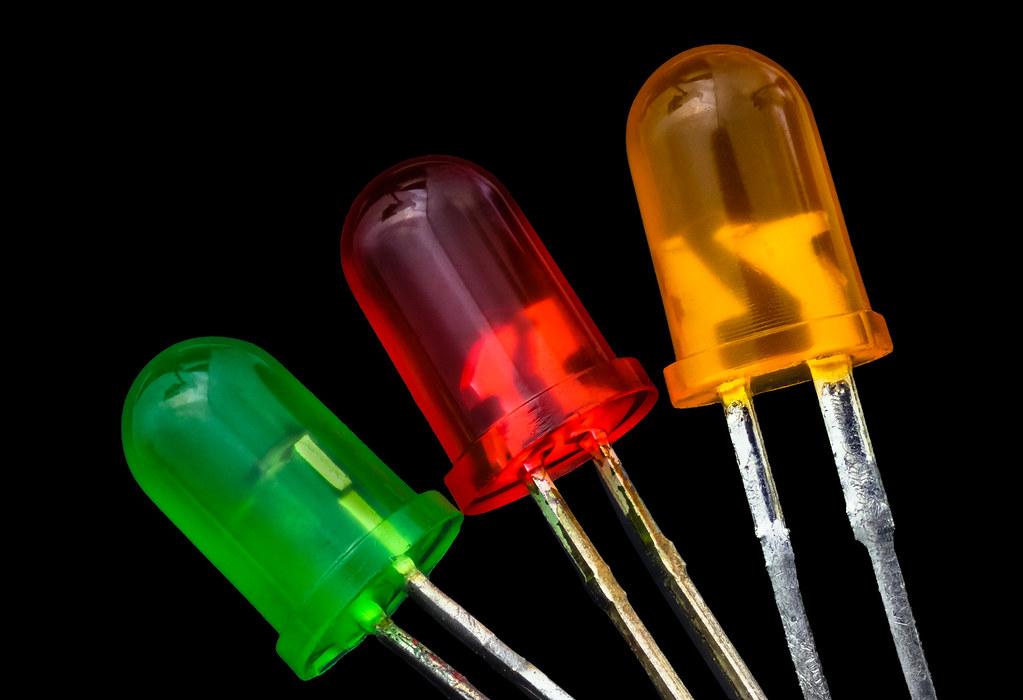Understanding LED Driving: Constant Current vs. Constant Voltage
Light Emitting Diodes (LEDs) have revolutionized lighting, offering efficiency and longevity. However, unlike traditional incandescent bulbs, LEDs require specific driving methods to ensure optimal performance and lifespan. This article delves into the intricacies of constant current and constant voltage driving, the two primary methods for powering LEDs.
Constant Current Driving
Constant current driving, as the name suggests, involves supplying a consistent current to the LED, irrespective of voltage fluctuations. This method is generally preferred for high-power LEDs and applications demanding consistent brightness.
How it works: A current-regulating device, typically a constant current driver (LED driver), is connected in series with the LED. This driver actively adjusts the voltage across itself to maintain a predetermined current flow through the circuit. This ensures the LED receives a stable current, even with variations in supply voltage or LED forward voltage.
Advantages:
- Stable Brightness: Consistent current ensures uniform brightness over the LED’s lifespan, even as its characteristics change with age.
- Extended Lifespan: By preventing overdriving, constant current driving significantly prolongs the LED’s operational life.
- Simplified Design: Multiple LEDs can be connected in series and driven by a single constant current source, simplifying circuit design.
Constant Voltage Driving
Constant voltage driving involves supplying a fixed voltage to the LED. This method is simpler but requires careful consideration of the LED’s forward voltage and current characteristics.
How it works: A voltage regulator, such as a linear regulator or a DC-DC converter, maintains a constant voltage across the LED. A current-limiting resistor is connected in series with the LED to prevent excessive current flow, which could damage the diode.
Advantages:
- Simplicity: Requires fewer components compared to constant current driving.
- Cost-Effective: Generally less expensive, especially for low-power applications.
Considerations:
- Precise Resistor Selection: The resistor value must be carefully calculated based on the LED’s forward voltage and desired current.
- Sensitivity to Voltage Fluctuations: Variations in supply voltage can affect LED brightness and potentially lead to damage if not adequately protected.
Choosing the Right Driving Method
The choice between constant current and constant voltage driving depends on several factors:
- LED Power: High-power LEDs typically require constant current driving for optimal performance and longevity.
- Brightness Consistency: If maintaining uniform brightness over time is crucial, constant current driving is preferred.
- Circuit Complexity: Constant voltage driving offers simplicity, particularly for low-power applications.
- Cost Sensitivity: Constant voltage driving is generally more cost-effective for simple applications.
Pro Tips
- Heatsinking: Adequate heatsinking is crucial for LEDs, especially high-power ones, to dissipate heat and ensure longevity.
- Datasheet Consultation: Always refer to the LED’s datasheet for specific operating parameters, including forward voltage, current, and thermal characteristics.
Tags: LED, Lighting, Electronics, DIY, Hardware, Constant Current, ConstantVoltage, LED Driver
